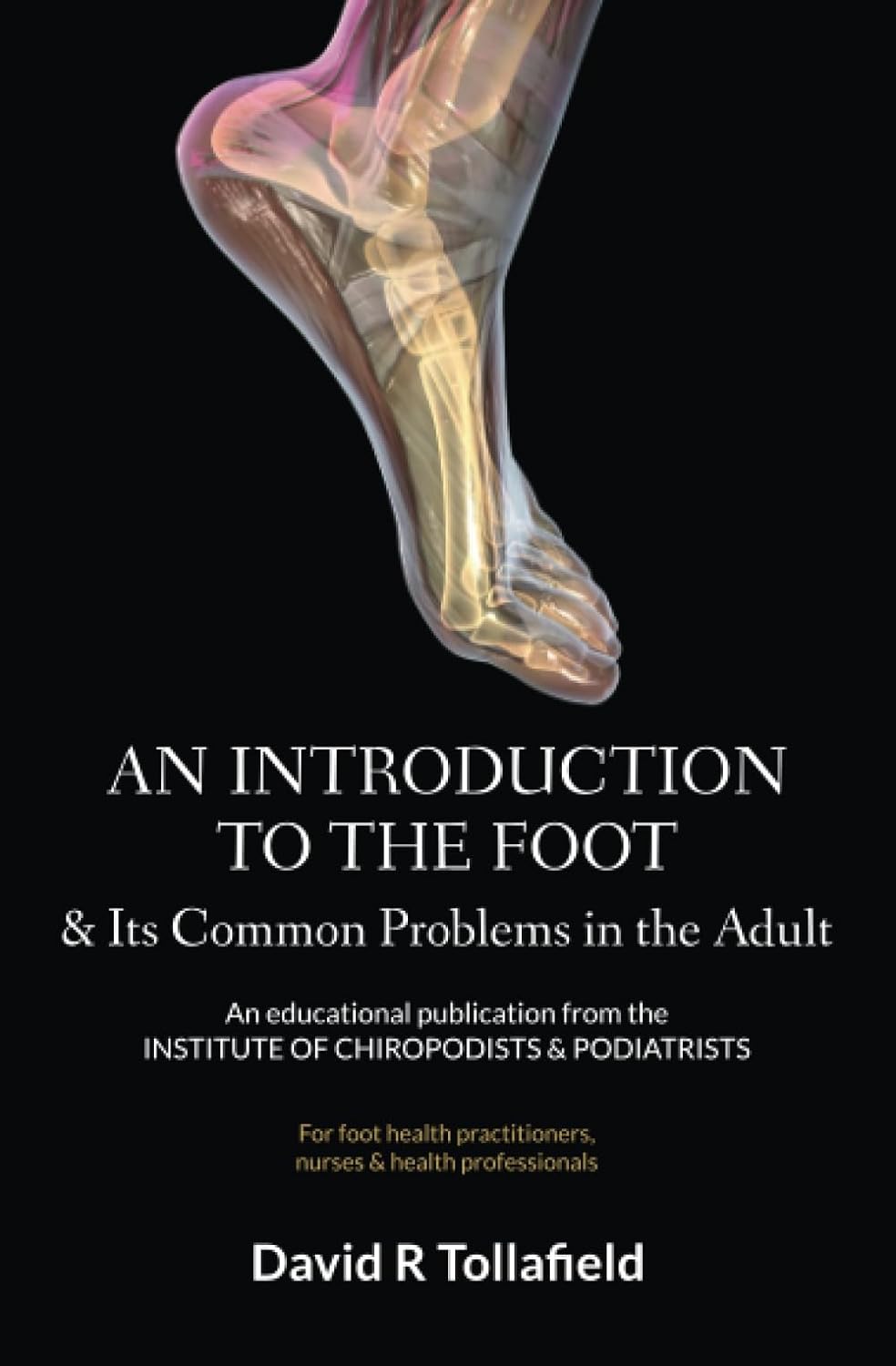
The foot is an exciting organ in that it has a complex structure dependent on the anatomy of the skeleton with its ability to function in order to cope with the rigours of ground contact impact. Even those who practice medicine often fail to appreciate how the foot works and the unique changes that arise as we age. Some pathologies mimic the hand but, in other cases, are represented by the foot alone. In modern clinical health care, professionals should recognise differences between normal and acceptable unconventional.
Naturally, discussing how to examine a patient is considered before common foot conditions and those that pose a risk. By the end of the book, readers will be keen to learn more about the medical side of foot disease. Having more than a school student’s knowledge of anatomy is important. Patients today often come armed with material from the internet. It, therefore, behoves anyone practising within the sphere of foot practice to know about the nuts and bolts. The internet might be a wonderful resource, but determining fact from fiction, quality advice from a sales pitch, and joining up the connections is not always clear. Pulling the main relevant parts together for the reader will overcome some pitfalls the internet can throw up. Above all, this is a text not driven by artificial intelligence but from experience only gained by working in the field of podiatric science.
Having just finished the first year, I know what it’s like trying to get to grips with anatomy and biomechanics, and I think your book will be hugely beneficial to not only students but practising podiatrists as well.
As Albert Einstein commented once, “If you cannot explain something simply you do not understand it well enough.” I thought this book did just that and explained difficult concepts in a clear and insightful manner. Felix Kilmartin, student University of Ulster, Northern Ireland (2023)















